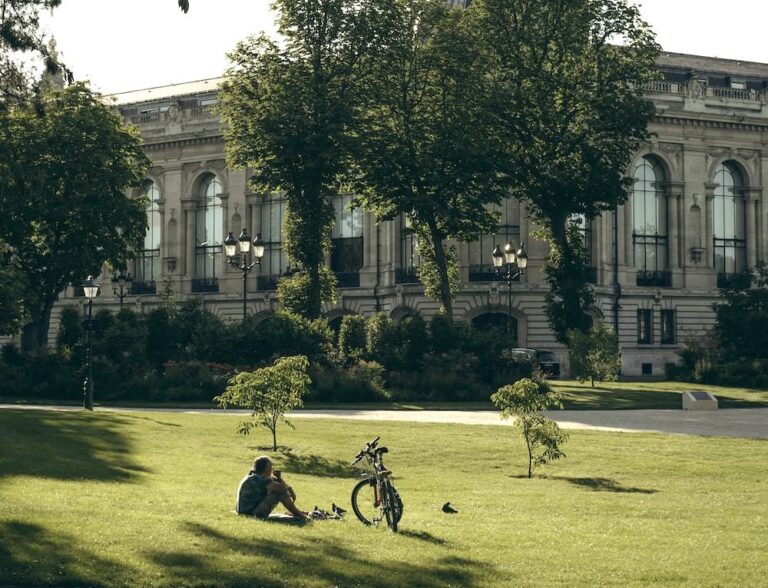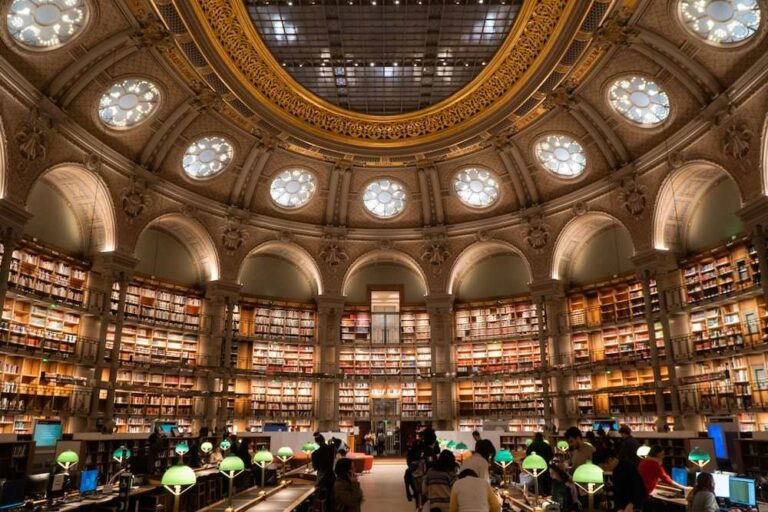Vous verbs ending in -tes
In French, most verbs in the present tense conjugate with -ez in the vous form, such as vous parlez or vous finissez. However, there is a small group of irregular verbs where the vous form ends in -tes instead. These verbs do not follow regular patterns and must be memorised individually. Here are the main…









